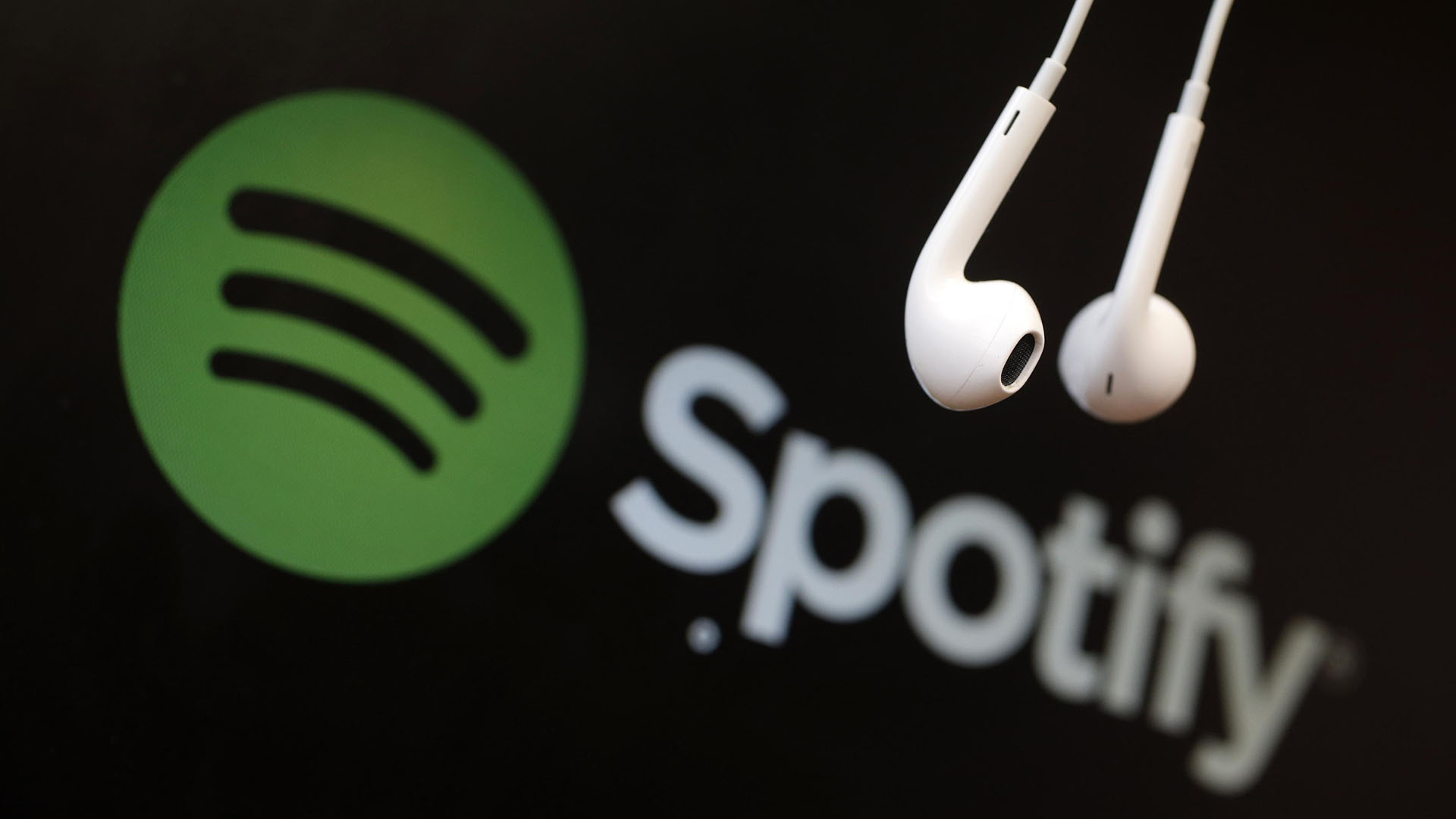Late last year, Spotify introduced a new service offering 15 hours of monthly audiobook listening to its Premium subscribers in select markets, including the U.S. During its Q4 2023 earnings call with investors, the company revealed that it has now become the second-largest audiobook provider, trailing behind Amazon-owned Audible. This achievement is particularly noteworthy as it challenges the dominance of established players in the audiobook industry.
Key Takeaway
Spotify has emerged as the second-largest audiobook provider, attracting a new audience and reshaping consumption patterns with its subscription model. The platform’s innovative approach and potential for future growth hint at a promising outlook for audiobooks on Spotify.
Reaching a New Audience
Spotify’s foray into audiobooks has attracted a different set of listeners compared to other platforms. CEO Daniel Ek highlighted the platform’s ability to introduce a new audience to audiobooks, noting that the titles resonating with consumers are not the traditional best sellers. The service has also garnered interest from younger and newer authors, offering a refreshing approach to discovering and consuming audiobooks.
Shifting Consumption Patterns
Unlike Audible’s model, where users can access a limited selection of audiobooks or purchase credits for popular titles, Spotify’s approach allows users to explore a diverse range of audiobooks without the constraints of credits. This has led to increased engagement with lesser-known titles and emerging authors, particularly those centered around entertainment and culture, aligning with Spotify’s music-focused audience.
Positive Reception and Future Outlook
Spotify noted strong consumer engagement with its audiobook feature, with publishers and authors expressing enthusiasm for the innovative subscription model. While specific metrics were not disclosed, the company’s overall impressions were optimistic. However, the impact of audiobook consumption on Spotify’s financials remains unclear, with the company emphasizing the value of increased platform engagement.







